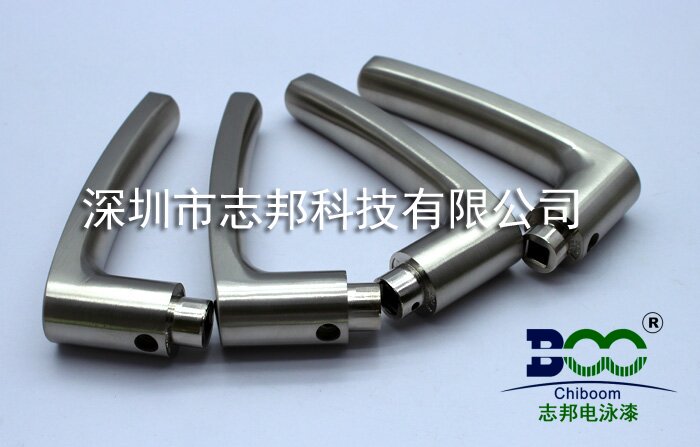Electrophoretic paint composition ratio
The Composition Ratio of Electrophoretic Paint: Unveiling the Secrets of Coating Performance
In the modern industrial coating sector, electrophoretic paint (E-coat) has emerged as an indispensable material due to its efficiency, environmental friendliness, and superior coating performance. The outstanding properties of E-coat not only stem from its unique electrophoretic deposition process but are also intimately tied to its meticulously formulated composition ratio. This article delves into the composition ratio of E-coat, revealing its profound impact on coating performance.
Basic Components of Electrophoretic Paint
E-coat primarily consists of four major components: resin, pigment, solvent, and additives. Each component plays a vital role in the formation of the coating, and their proportions directly determine the final properties of the coating.
Resin: Serving as the backbone of E-coat, resin dictates the coating's physical properties such as hardness and adhesion, as well as its chemical resistance and corrosion resistance. Different types of resins exhibit distinct characteristics. For instance, epoxy resin is renowned for its excellent corrosion resistance and adhesion, while acrylic resin is favored for its gloss and weatherability. Therefore, when formulating E-coat, selecting the appropriate resin type and precisely controlling its proportion is crucial based on specific application requirements.
Pigment: Pigments are essential for imparting color and opacity to the coating. In E-coat, the choice and proportion of pigments not only affect the coating's appearance but also its weatherability and lightfastness. High-weatherability pigments, for example, ensure that the coating retains vibrant colors and stable performance under harsh conditions.

Solvent: Solvents regulate viscosity, enhance flowability, and aid in pigment dispersion in E-coat. The selection and proportion of solvents significantly impact the paint's application performance and coating quality. An adequate amount of solvent ensures uniform and stable deposition of the paint during the electrophoretic process, resulting in a smooth and dense coating. However, excessive solvent can lead to slow drying speeds and reduced adhesion.
Additives: Additives, though playing minor roles in E-coat, are indispensable. They include leveling agents, defoamers, and anti-settling agents, each tasked with improving paint flowability, eliminating bubbles, and preventing pigment sedimentation. The rational addition of additives can significantly enhance the paint's application performance and coating quality.
The Impact of Composition Ratio on Coating Performance
The composition ratio of E-coat exerts a multifaceted influence on coating performance. A balanced ratio ensures that the coating possesses outstanding physical, chemical, and aesthetic properties. Specifically:
An excessively high resin proportion can result in overly hard coatings with reduced flexibility, while too low a proportion may compromise adhesion and weatherability.
A high pigment proportion can hinder flowability and drying speed, while insufficient pigment may lead to insufficient opacity and dull colors.
Solvent proportion control directly affects the paint's application performance and coating quality. Excess solvent can slow drying and reduce adhesion, while insufficient solvent may compromise flowability and uniform coating formation.
The addition of additives, though in small amounts, significantly impacts coating performance. Overdosing can disrupt paint stability, while underdosing may fail to achieve desired effects.
Conclusion
The composition ratio of E-coat is a pivotal factor in determining coating performance. When formulating E-coat, precise control over the proportions of each component is essential based on specific application needs and performance requirements. Through scientific and rational composition ratio formulation, we can produce E-coat products with exceptional performance and stable quality, catering to diverse coating demands. Furthermore, as technology advances and environmental regulations tighten, the composition ratio of E-coat will continue to evolve and innovate to better meet market demands and environmental standards.





 WeChat
WeChat